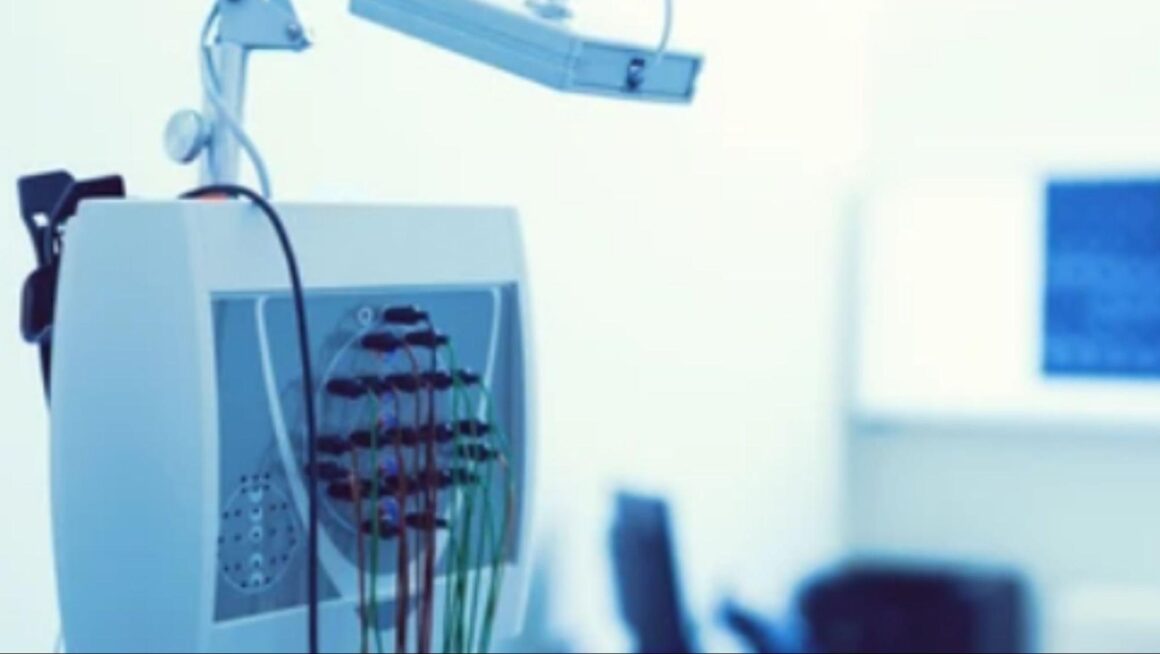In the intricate world of medical devices, every component plays a critical role. Among these, medical cable assemblies often go unnoticed, but they’re the lifelines that connect the various parts of these life-saving devices. They’re essential, yet often overlooked, so let’s shine a light on their importance.
From MRI machines to patient monitoring systems, medical cable assemblies are the unsung heroes, ensuring smooth and uninterrupted operations. But what exactly are they? How do they function? Why are they so crucial in the medical field? Let’s delve into the nitty-gritty of medical cable assemblies and unravel their significance in the realm of healthcare technology.
So, buckle up as we embark on a journey to understand these vital components better. Here’s your ultimate guide to medical cable assemblies, a small but significant cog in the vast machine of medical technology.
What Are Medical Cable Assemblies?
Let’s delve deeper into understanding what medical cable assemblies are and their varying types.
Definition and Basics
Medical cable assemblies, custom wiring similar to the products of Cloom, refer to a set of wires, connectors, terminals, and cables, grouped together in a unit, which provide an organized and efficient way to power and operate medical devices. These assemblies are meticulously designed, knowing that the lives of patients depend on their flawless functionality.
They are integral to ensuring that information is transmitted accurately and effectively within medical devices, involving sensitive processes like monitoring patient vitals and operating imaging machines. They differ from regular cable assemblies in that they are built specifically for medical applications, adhering to stringent quality standards and regulations defined by healthcare authorities across the globe.
Different Types and Their Uses
Several types of medical cable assemblies exist, each designed for a specific need. Let’s look at a few common ones.
- Single-use Assemblies are utilized in medical treatments requiring sterility. After a single use, they’re disposed of, making them ideal for surgical procedures.
- Reusable Medical Cable Assemblies are crucial in many healthcare settings. Constructed with durable material, they’re designed to withstand multiple uses, sterilization cycles and rigorous cleaning regimes.
- Patient Monitor Cable Assemblies are tailored to connect patient monitoring devices and medical equipment. These sophisticated units ensure accurate readings and data transmissions.
- MRI and Imaging Cable Assemblies are designed specifically for imaging applications, such as MRI and X-ray machines. They are built to ensure seamless communication of high-resolution imagery.
The effectiveness of medical equipment often hinges on the features and quality of their respective cable assemblies. Whether it’s single-use or reusable, each type of medical cable assembly plays an instrumental role in the proper functioning of healthcare technology. Understanding these different types can provide further insight into the intricate world of medical technology.
Importance of Medical Cable Assemblies in Healthcare
Medical cable assemblies hold a significant role in the healthcare industry, continually enhancing performance in medical devices, patient care, and safety measures.
Role in Medical Devices
In the realm of medical devices, these cable assemblies play a big part. Ensuring proper functionality, they act as the backbone of these machines. They contain Custom wiring harness, including those provided by reputable manufacturers like Cloom. These custom wiring harnesses offer precise connectivity between medical devices and computer systems, allowing for accurate data transfer and programming.
Medical cable assemblies’ importance extends to a variety of machines. They harness the power in MRI machines, ensuring imaging technology functions correctly and provides accurate scans. In patient monitoring systems, these assemblies are responsible for transmitting patient data seamlessly to healthcare providers in real time. In such critical applications, there’s no room for error, reinforcing the importance of high-quality medical cable assemblies.
Impact on Patient Care and Safety
When considering patient care and safety, medical cable assemblies again come into focus. By delivering uninterrupted and reliable signaling capabilities, they feel indispensable in areas such as critical patient monitoring, surgical procedures, and embedded electronics.
Strong, durable, and consistent, medical cable assemblies can weather many sterilization cycles without their performance getting compromised. They prove pivotal during surgical procedures, relaying data from medical tools and devices to monitoring systems, impacting how healthcare professionals respond to patient conditions.

In another aspect, these assemblies use biocompatible materials, making them safe for patients while maximizing performance. The uses of medical cable assemblies underscore their influence in the healthcare industry, highlighting their importance in medical devices and patient care.
Key Features of High-Quality Medical Cable Assemblies
Understanding the key features of high-quality medical cable assemblies caters to their accurate use in healthcare technologies.
Durability and Reliability
An essential characteristic of medical cable assemblies is their durability. High-quality assemblies are built with robust materials that withstand daily usage within a medical environment, surviving mechanical stresses, such as pulling, bending, or twisting. At the same example, Cloom’s custom wiring harnesses stand as perfect illustrations, exhibiting superior tensile strength and lifespan.
Moreover, reliability is a vital attribute of medical cable assemblies. Hospitals cannot afford equipment failures; thus, high-quality assemblies exhibit outstanding performance even under extreme conditions. Reliability also pertains to straightforward use and maintenance. For example, assemblies should resist tangling and knots, making them easy to handle and maintain.
Flexibility and Sterilization Compatibility
Flexibility of the medical cable assemblies aids in efficient use in numerous medical settings. High-quality assemblies demonstrate flexibility, permitting usage in confined spaces or complex setups. They’re designed to be lightweight and adaptable, allowing easy adjustment to medical devices’ unique requirements. An illustrative example in this context is again the custom wiring harnesses by Cloom.
Another important feature is sterilization compatibility. Given the sterile environment necessary in hospitals and healthcare settings, medical cable assemblies must withstand frequent sterilization processes. They are designed to resist various sterilization methods such as autoclaving, ethylene oxide, and gamma radiation, guaranteeing they remain free from potential contaminations.
Choosing the Right Medical Cable Assemblies
Selecting the optimal medical cable assemblies pivots on several pivotal factors. The careful evaluation of these aspects ensures that the assemblies align with specific medical requirements.
Factors to Consider
When selecting medical cable assemblies, think through these critical elements. Firstly, allocate importance to the environmental conditions under which the assembly operates. Sterilized environments, intense mechanical stresses, or exposure to extreme temperatures requires assemblies with specific characteristics.
Secondly, keep in mind the requirements of the use case. MRI machines, patient monitoring systems, and other high criticality devices demand assemblies with superior data transmission capabilities.
Thirdly, take into account the service life. An assembly’s lifespan forecasts not only its replacement cycle but also contributes to all-around cost assessments.
Lastly, the ease of customization also plays a significant role. Custom wiring harnesses, for instance, offered by companies such as Cloom, allow flexibility in designing assemblies matching exact needs.
Compliance with Healthcare Standards
Choosing medical cable assemblies requires a keen eye for healthcare standards compliance. Any non-alignment puts patient safety and data accuracy seriously at risk.
Certifications like ISO 13485 for quality management systems significantly depict an assembly’s reliability. Moreover, they ensure the products meet international standards for medical devices.

Likewise, conformity with RoHS and REACH standards guarantees the non-usage of hazardous substances. This conformity is critical since these assemblies frequently come in contact with patients and healthcare professionals.
Overall, compliance with healthcare standards remains a non-negotiable factor while choosing medical cable assemblies.
Conclusion
If you need any custom medical cables, we can do it for you. The medical cables, wires and connectors offered by the Cloom are among the top designs used by medical professionals.




